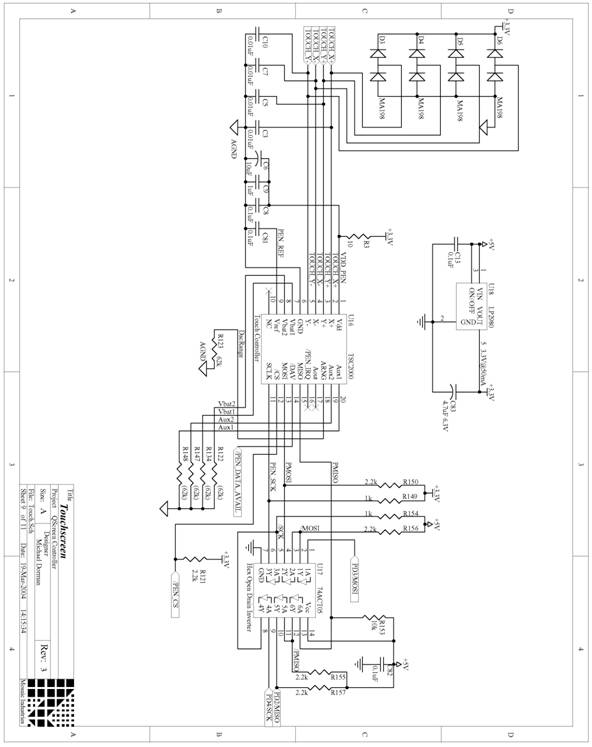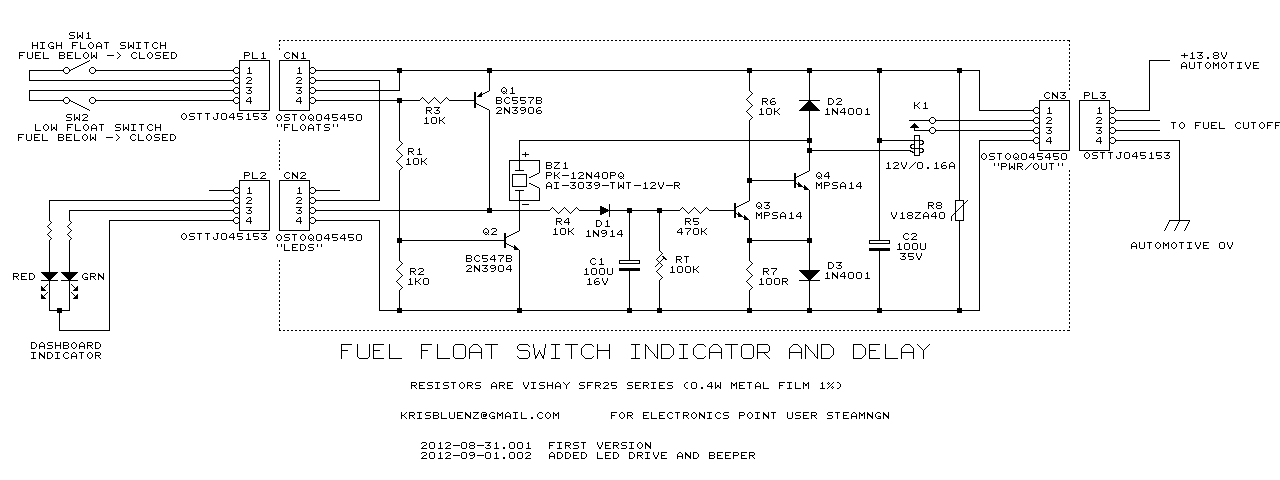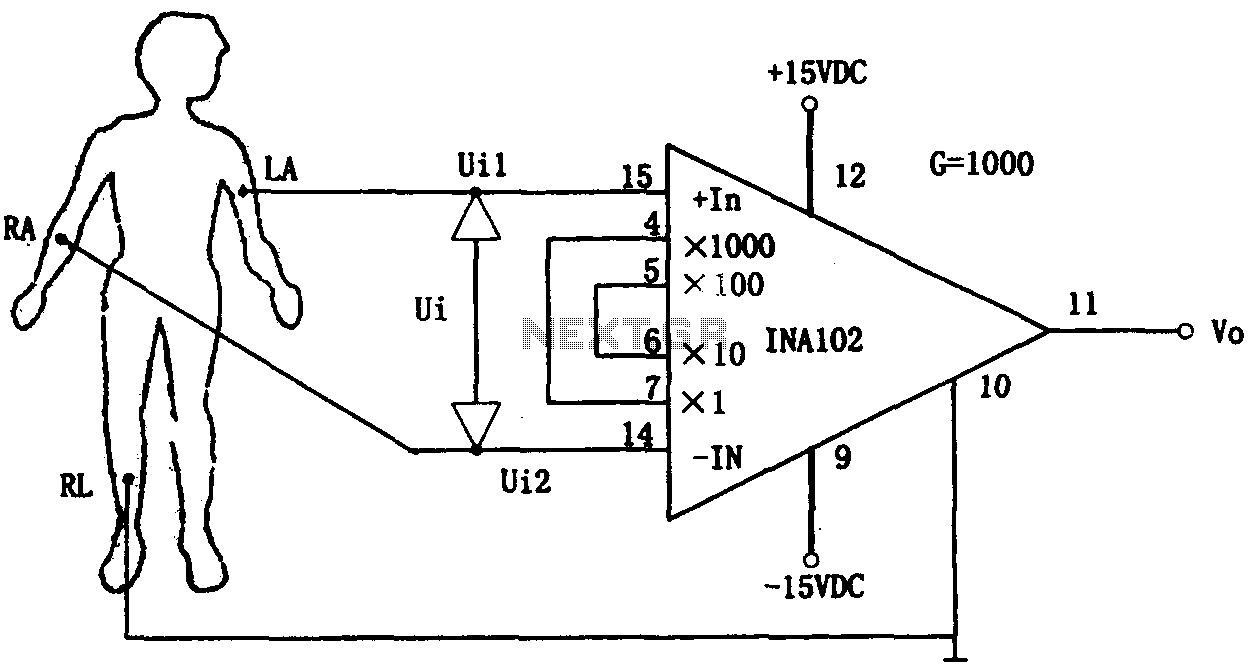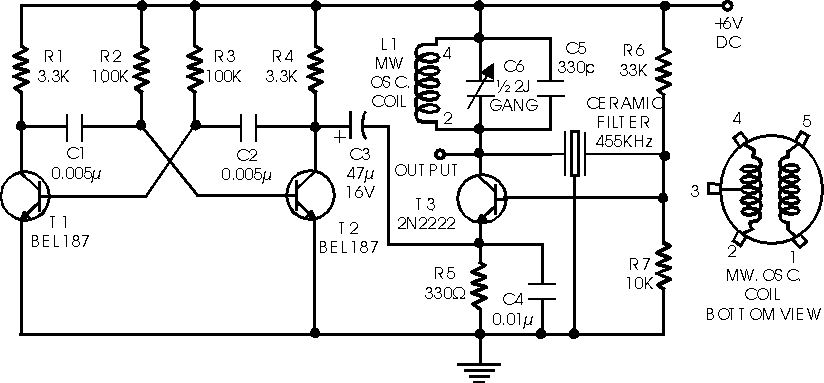
microcontroller circuit schematics

The following are detailed schematics for the QScreen Controller. The QScreen Controller integrates an embedded computer utilizing the 68HC11 microcontroller, along with a touch panel and an LCD (liquid crystal display) graphic user interface (GUI) that is well-suited for instrument control and automation. For inquiries regarding the electrical or mechanical characteristics of the QScreen, please feel free to reach out.
The QScreen Controller is designed to facilitate user interaction and control over various instruments through its intuitive GUI. The core of the system is the 68HC11 microcontroller, which serves as the processing unit. It is capable of executing complex control algorithms and managing input/output operations efficiently.
The touch panel interface allows users to interact directly with the display, enabling a more dynamic and responsive user experience. The LCD screen provides clear visual feedback, displaying relevant information and control options. The communication between the microcontroller and the LCD is typically managed through a serial interface, allowing for efficient data transfer and display updates.
Power management is critical in embedded systems. The QScreen Controller likely incorporates voltage regulation circuits to ensure stable operation across various power supply conditions. Additionally, input protection mechanisms may be in place to safeguard the microcontroller and other sensitive components from voltage spikes or reverse polarity.
Furthermore, the schematic may include peripheral interfaces for connecting additional sensors or actuators, expanding the functionality of the QScreen Controller. This could involve analog-to-digital converters (ADCs) for sensor readings, digital-to-analog converters (DACs) for output control, and communication ports such as UART, I2C, or SPI for interfacing with other devices.
Overall, the QScreen Controller's design emphasizes reliability, ease of use, and versatility, making it an excellent choice for applications in automation and instrument control.The following are detailed schematics for the QScreen Controller. The QScreen Controller combines an embedded computer based on the 68HC11 microcontroller with a touch panel and LCD (liquid crystal display) graphic user interface ( GUI ) that is ideal for instrument control and automation. If you have any questions about the QScreen`s electrical o r mechanical characteristics please don`t hesitate to contact us. 🔗 External reference
The QScreen Controller is designed to facilitate user interaction and control over various instruments through its intuitive GUI. The core of the system is the 68HC11 microcontroller, which serves as the processing unit. It is capable of executing complex control algorithms and managing input/output operations efficiently.
The touch panel interface allows users to interact directly with the display, enabling a more dynamic and responsive user experience. The LCD screen provides clear visual feedback, displaying relevant information and control options. The communication between the microcontroller and the LCD is typically managed through a serial interface, allowing for efficient data transfer and display updates.
Power management is critical in embedded systems. The QScreen Controller likely incorporates voltage regulation circuits to ensure stable operation across various power supply conditions. Additionally, input protection mechanisms may be in place to safeguard the microcontroller and other sensitive components from voltage spikes or reverse polarity.
Furthermore, the schematic may include peripheral interfaces for connecting additional sensors or actuators, expanding the functionality of the QScreen Controller. This could involve analog-to-digital converters (ADCs) for sensor readings, digital-to-analog converters (DACs) for output control, and communication ports such as UART, I2C, or SPI for interfacing with other devices.
Overall, the QScreen Controller's design emphasizes reliability, ease of use, and versatility, making it an excellent choice for applications in automation and instrument control.The following are detailed schematics for the QScreen Controller. The QScreen Controller combines an embedded computer based on the 68HC11 microcontroller with a touch panel and LCD (liquid crystal display) graphic user interface ( GUI ) that is ideal for instrument control and automation. If you have any questions about the QScreen`s electrical o r mechanical characteristics please don`t hesitate to contact us. 🔗 External reference





